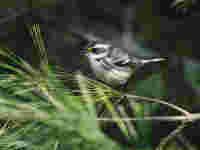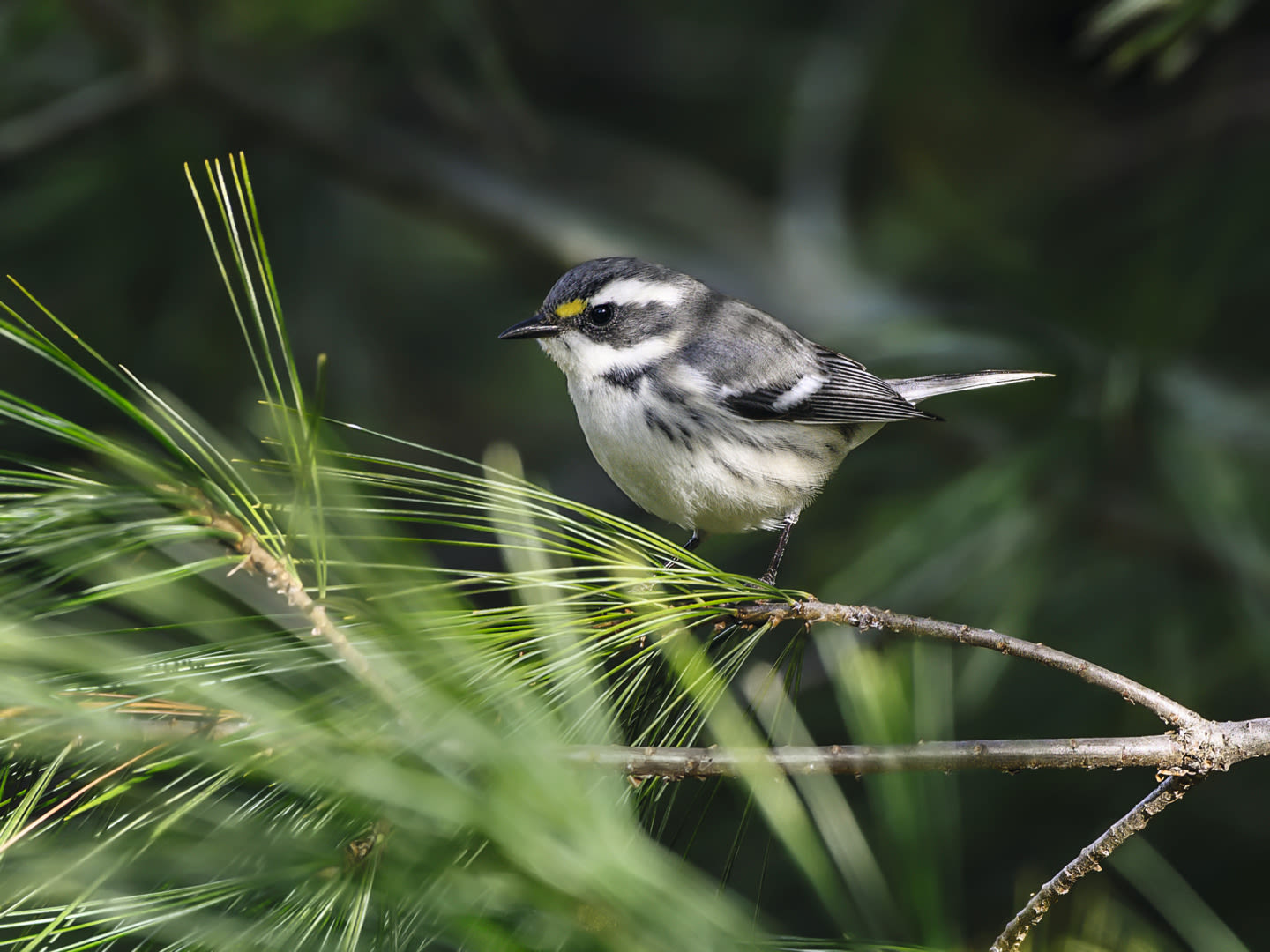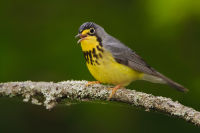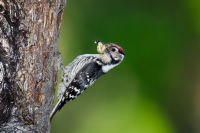We, the general public, have a storied love affair with birds. They are everywhere we are, an indelible part of our daily and seasonal rhythms. Birds inspire us with their vivid colors and adaptability. We awe at the power of flight.
Yet as we observe a single bird, we see but a single stich in a much larger tapestry of dynamic seasonal movement and dispersal. Taking a step back, seeing a more complete picture, is now possible like never before thanks to the dedicated contributions of amateur naturalists the world over.
Every hour of every day, observational data submitted by the public is filling in the gaps of our understanding of birdlife and bird behavior at a pivotal time when the survival of many bird species can no longer be taken for granted.


Putting the Pieces Together
Citizen Science – also called community science – is a broad term for amateur public participation in science. From humble beginnings at the Cornell Lab of Ornithology that coincided with the rise of the internet, eBird has become one of the largest and most popular global citizen science projects. Like similar platforms, the goal is to harness the power of amateur naturalists and to give greater meaning to their observations. eBird returns the favor by offering bird data tools that make birding even more compelling while also enriching a birder’s understanding of natural processes.
“Every time that you see and identify a bird, you are holding a piece of a puzzle,” says Chris Wood, Assistant Director of Information Science and eBird Lead at the Cornell Lab of Ornithology. “Whether you are casually watching birds in your backyard, or chasing rare species across the country, you are helping to put this puzzle together.”
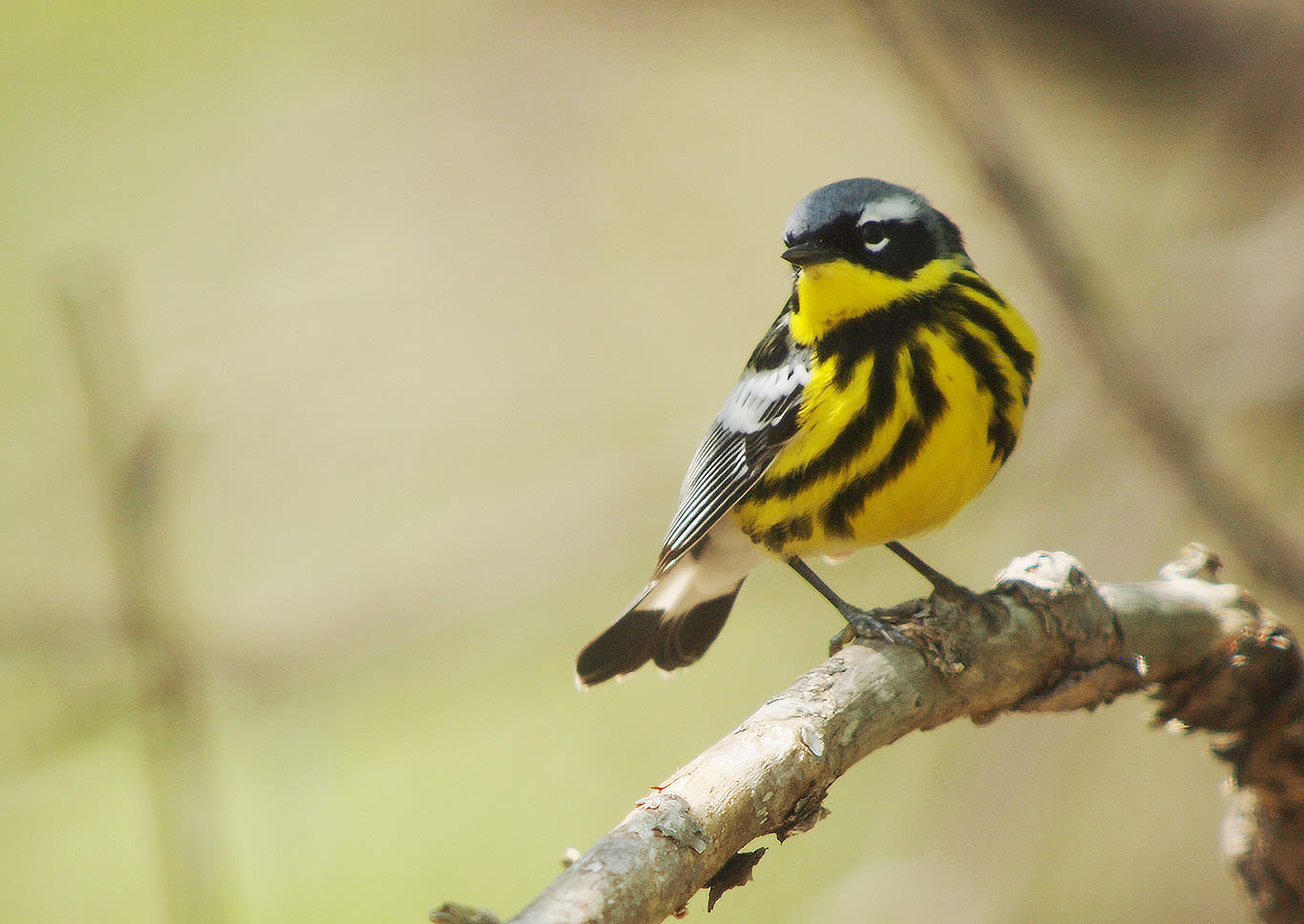
A deeper understanding of bird migration
Today, like never before, there are so many different ways to contribute to a deeper understanding of bird movements and distribution, regardless of whether you submit observations via eBird, Ornitho, iNaturalist, Observation.org, etc.
“Just like puzzle pieces, observations lose their value if they remain separate from one another,” says Wood, underscoring the value of recording bird observations. “Sightings tucked away in your memory, or in your desk drawer, or in an old shoebox in your closet leave gaps in a partially painted picture. In truth, the only way that all these bird sightings make a contribution to our understanding of nature is when they are collected and organized into a central database where they can help complete the picture of birds worldwide.”
A dyamic moving picture: EBIRD COLLECTS BIRD SIGHTINGS FROM ALL OVER THE WORLD
eBird is at the leading edge in terms of filling in the gaps of this dynamic moving picture. Powerful tools both like Status & Trends incentivize and better inform users about the presence and absence of birds, while scientists around the globe profit from an ever-more-complete pool of data for scientific study. “Each year during migration, hundreds of species fly from southern wintering grounds to northern breeding grounds, following the flush of summer insects,” says Wood.
Visualizations © Cornell Lab of Ornithology

“When do they leave? Where do they breed? And when do they return home? Whether recording common birds in your backyard or searching for rarities along the Mexican border, your sightings of these birds – with time, date, and location included – are pieces that can help ornithologists solve this huge puzzle, day by day, week by week, and year by year.”











